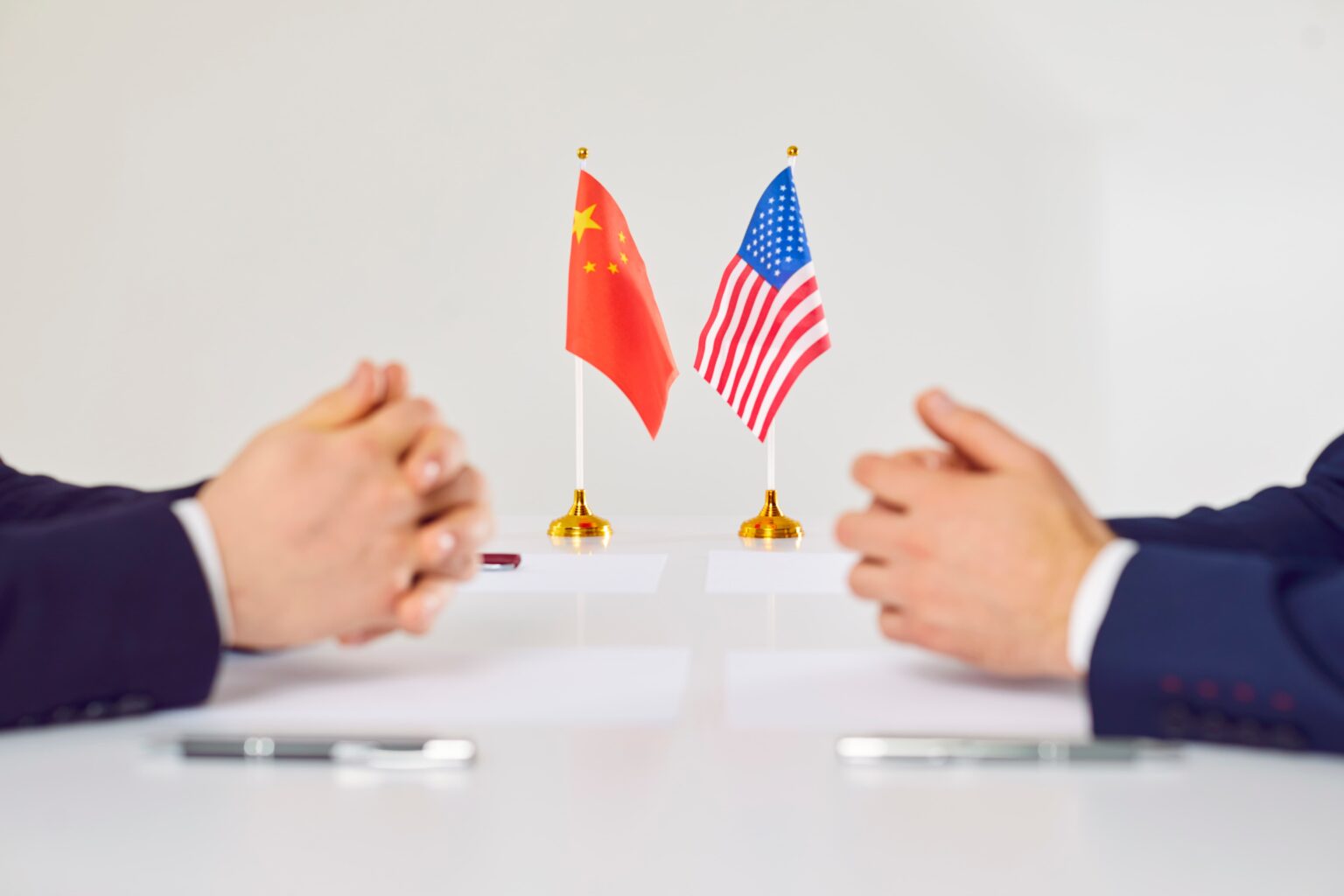A second round of high-stakes negotiations between the United States and China entered its second day at London’s Lancaster House on Tuesday, providing the first real test of whether last month’s fragile tariff truce can grow into a broader economic détente. Officials from both capitals say genuine progress is possible, but they admit the road to a deal is littered with disputes over minerals, microchips and market access.
From Geneva Truce To Lancaster House
The current diplomatic push began with a hurried meeting in Geneva in May, where trade envoys agreed to freeze most of the triple-digit duties each side had imposed just weeks earlier. Those “Liberation Day” tariffs, announced by President Donald Trump in April, threatened roughly USD 700 billion in annual goods flows, jammed ports from Long Beach to Ningbo, and rattled financial markets. Geneva bought both sides breathing space, but it left structural grievances—state subsidies, intellectual-property protections and technology controls—unresolved. Trump has since spoken directly with President Xi Jinping, paving the way for this week’s talks in London.
Early Signs Of Progress
Commerce Secretary Howard Lutnick, Treasury Secretary Scott Bessent and U.S. Trade Representative Jamieson Greer sat opposite Vice Premier He Lifeng, Commerce Minister Wang Wentao and veteran negotiator Li Chenggang for nearly seven hours on Monday before reconvening shortly after 10 a.m. GMT on Tuesday. Lutnick told reporters the meetings were “going well” and expected to last all day, a tone echoed—though more cautiously—by Chinese officials. Sources close to the talks say both teams agreed to draft language on enhanced data-sharing for customs inspections and to chart a timetable for tariff reviews if concrete benchmarks are met. While those steps fall short of a full accord, they suggest room for compromise that did not exist two months ago.
Sticking Points Over Chips And Minerals
Three flashpoints still threaten to derail momentum. First is Beijing’s April export ban on rare-earth magnets and related minerals. China controls nearly 70 percent of global supply, and Western carmakers sounded alarms when shipments stopped. Second is Washington’s decision in May to revoke export licences for advanced chip-design software and chemicals—tools the White House says have potential military use. Economic adviser Kevin Hassett has hinted the restrictions could be eased if China lifts its mineral curb, but insisted the most powerful artificial-intelligence chips will remain off-limits. The third obstacle is market access for American services firms, an area where Beijing has offered only incremental concessions so far. Each side therefore needs a political win at home without appearing to capitulate abroad, complicating the bargaining calculus.
A Global Economy On Edge
The stakes extend well beyond tariff ledgers. The World Bank this week trimmed its 2025 global growth forecast to 2.3 percent, citing prolonged trade uncertainty and fractured supply chains. Investors nevertheless clawed back some losses after the Geneva cease-fire; London’s cautious optimism pushed the FTSE 100 close to a record high on Tuesday. Still, Chinese customs data show exports to the United States plunging 34.5 percent in May—the steepest drop since early in the pandemic—while U.S. purchasing-manager surveys point to rising input costs tied directly to rerouted cargoes. Analysts warn that a collapse in London would reignite recession fears, but even a narrow agreement on minerals or mid-range chips could calm markets and create space for a more durable pact later this summer.


